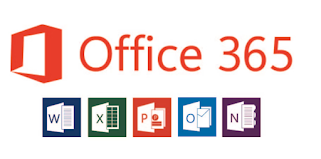Traveling through Networks using Pings and Traceroutes
A ping is a tool used to test the connectivity between two nodes or devices. A traceroute is a tool that is used to show how data on the internet travels from its source to its destination. The way that pings work is that the ICMP sends an echo request packet to the destination, and if the connection is good the destination responds with an echo. The way that a traceroute works is by sending the ICMP packets, and the routers along the path get these packets. The routers use the packets to decide if they can effectively transfer the data. These work by typing out the command and either the domain name or the IP address. The domains consist of .com, .org, .edu, and .gov. Some countries get their own as well like the site I used from Australia ends in au and the site that I used from Canada that ends in ca.
I pinged google.com, cbc.ca, and nsw.gov.au. I noticed that the pings between google.com and cbc.ca pinged back in a similar amount of time except for two from google.com that took a longer time to ping back. I also noticed that the Australian sites pings were closer to the Canadian site except for the first and second pings. The first ping for the Australian website took the longest out of all the sites and the second ping took the shortest amount of time out of each website. When using the traceroute command I noticed that the responses for google.com and the Australian site were the quickest to respond. The Canadian site was the slowest to respond. I noticed that all of them popped up with no reply after the first five and ended with too many hops. This could have happened because my connection was not good, or I missed adding something to the command. I am not that experienced with using this on the Chromebook. Two reasons that a ping request or a traceroute command might time out is if there are firewall problems or there is network congestion.



Comments
Post a Comment